-
×
Amaryllis Dutch flower bulbs Mix color 5 bulbs
1 × ₹199.00 -
×
 Lithops Seeds Mix pack of 20 seeds, Very tiny Microscopic Seeds
1 × ₹199.00
Lithops Seeds Mix pack of 20 seeds, Very tiny Microscopic Seeds
1 × ₹199.00 -
×
 Rain lily crimson sunset pack of 2 bulb Exotic rare variety
1 × ₹199.00
Rain lily crimson sunset pack of 2 bulb Exotic rare variety
1 × ₹199.00 -
×
 Ginger lily White Hedychium Butterfly bulbs pack of 4 bulbs
1 × ₹160.00
Ginger lily White Hedychium Butterfly bulbs pack of 4 bulbs
1 × ₹160.00
Subtotal: ₹757.00

 Amaryllis Dutch flower bulbs Mix color 5 bulbs
Amaryllis Dutch flower bulbs Mix color 5 bulbs  Lithops Seeds Mix pack of 20 seeds, Very tiny Microscopic Seeds
Lithops Seeds Mix pack of 20 seeds, Very tiny Microscopic Seeds  Rain lily crimson sunset pack of 2 bulb Exotic rare variety
Rain lily crimson sunset pack of 2 bulb Exotic rare variety  Ginger lily White Hedychium Butterfly bulbs pack of 4 bulbs
Ginger lily White Hedychium Butterfly bulbs pack of 4 bulbs 



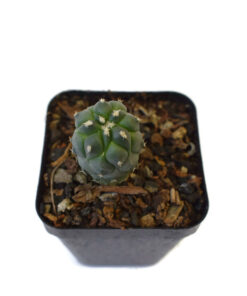

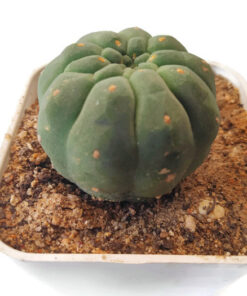



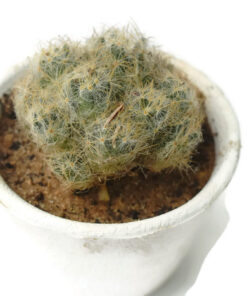



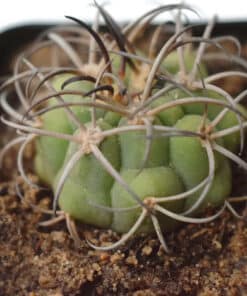

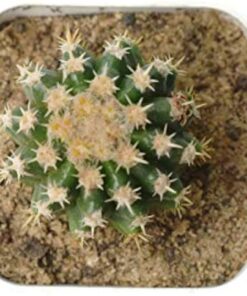

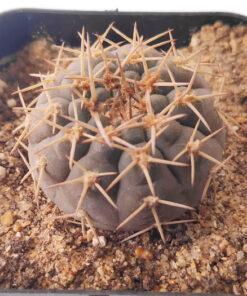

Reviews
There are no reviews yet.